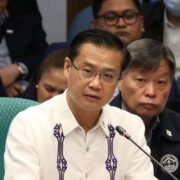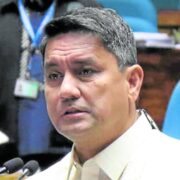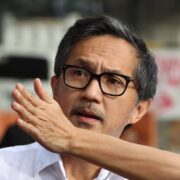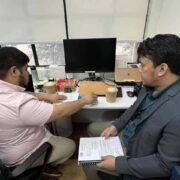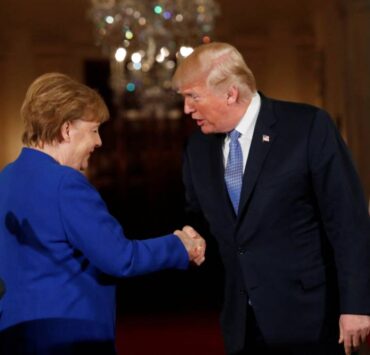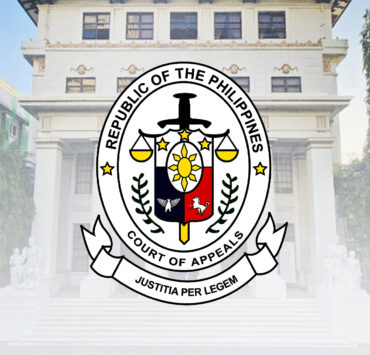Pentagon, AFP on Task Force Ayungin: US troops limited to supporting role
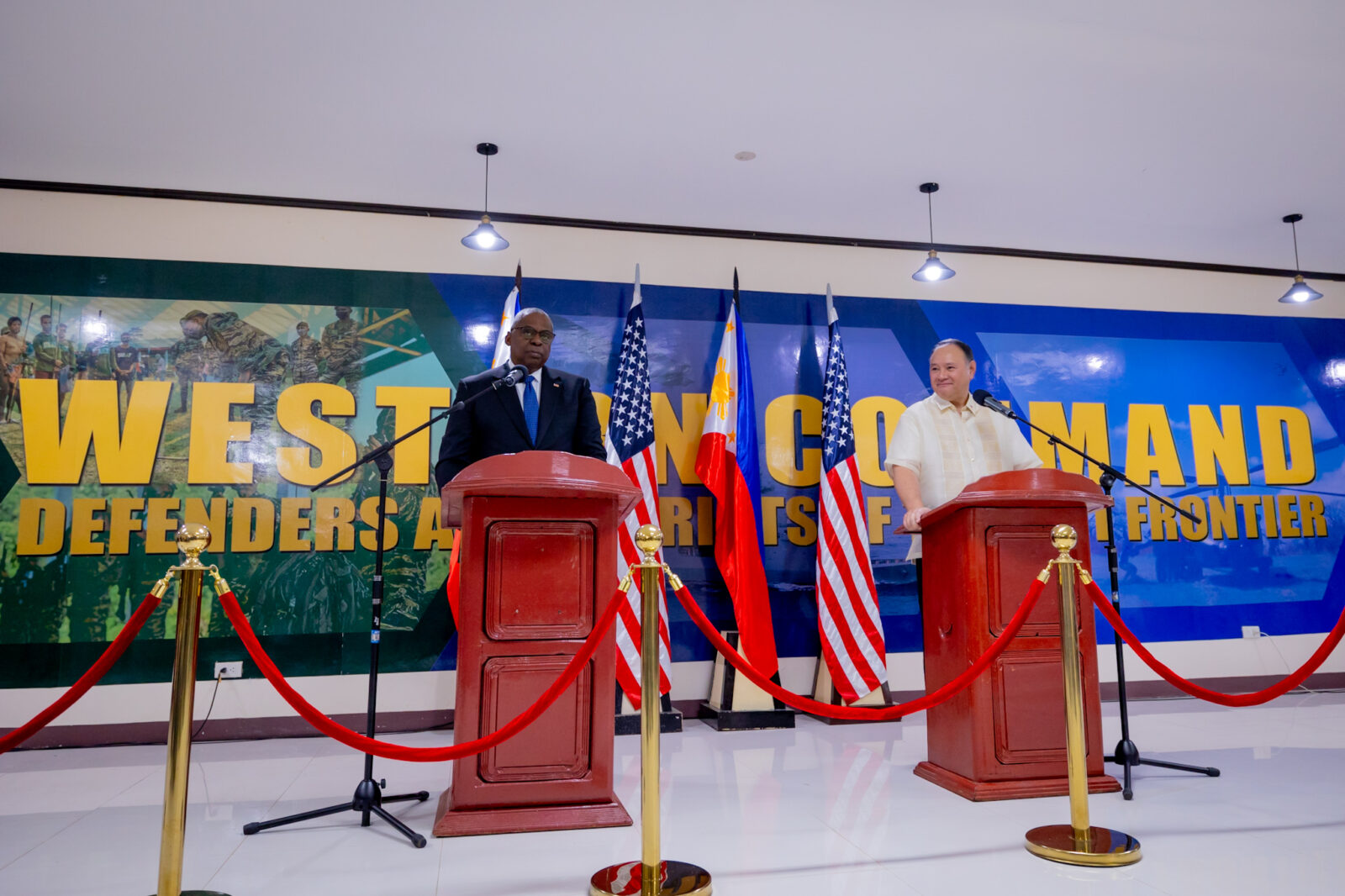
The United States’ Department of Defense has confirmed that American troops are supporting Philippine operations in the South China Sea through the “US Task Force Ayungin,” whose existence only came to light when US Defense Secretary Lloyd Austin III mentioned it on social media.
But Philippine security officials stressed that the little-known unit was limited to providing support for intelligence, surveillance and reconnaissance, among others, and that the Americans had no “direct participation” in operations such as resupply missions to Ayungin (Second Thomas) Shoal.
Maj. Pete Nguyen, the Pentagon spokesperson, told the Inquirer in an email exchange on Thursday that the task force was composed of US forces “providing our Philippines allies with enhanced cooperation and interoperability for their maritime operations.”
“This support includes planning and training with Philippines’ Western Command (Wescom) for systems provided through US security assistance, such as the unmanned surface vessels that Secretary Austin observed during his stop in Palawan,” Nguyen said.
“US forces have decades of close partnership with the Philippines. This task force is a continuation of that longstanding relationship in support of our shared security interests,” he added.
In post on X on Tuesday, Austin said he had met with members of the task force during a visit to Palawan province and “thanked them for their hard work on behalf of the American people and our alliances and partnerships in this region.”
Ayungin, a low-elevation feature some 200 kilometers off mainland Palawan, is guarded by a military outpost on the grounded World War II vessel BRP Sierra Madre.
Philippine resupply missions to Ayungin had been repeatedly harassed by Chinese vessels that swarm the disputed waters.
In a statement late Wednesday, the Armed Forces of the Philippines said US troops in Palawan “provide technical assistance through the information-sharing group” within the Command and Control Fusion Center at the Wescom headquarters.
Purely PH operation
“This support enhances our capability in maritime domain awareness, a critical task that aids in planning and implementing programs and activities to protect our interests in the West Philippine Sea,” the AFP said.
Kanishka Gangopadhyay, spokesperson of the US Embassy in Manila, said the task force was meant to enhance coordination and interoperability between Manila and Washington “by enabling US forces to support AFP activities in the South China Sea.”
The initiative, he said, aligns with multiple lines of cooperation between US and Philippine forces, including the Mutual Defense Board-Security Engagement Board process and the Bantay Dagat framework.
Under the 2014 Enhanced Defense Cooperation Agreement (Edca), American troops are allowed extended stays in select military bases in the Philippines.
But National Security Adviser Secretary Eduardo Año on Thursday said the United States had no “direct participation” in Ayungin resupply missions.
“They are providing support to us, for example, intelligence, surveillance and reconnaissance, [and] maritime domain awareness, so they are helping by giving information,” Año told reporters at a security meeting in Mabalacat, Pampanga.
Philippine and US officials did not immediately answer questions as to when the task force was formed or whether it had been in operation at the time of recent Chinese harassments of Philippine vessels using lasers or water cannons.
Año said the matter was “internal to the side of the US.”
Reached for comment, American security expert Ray Powell said, “My contacts tell me that this is not a new task force, but was just made public with Secretary Austin’s visit.”





